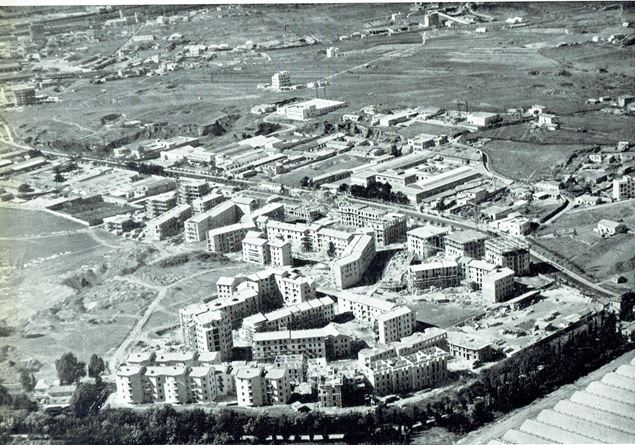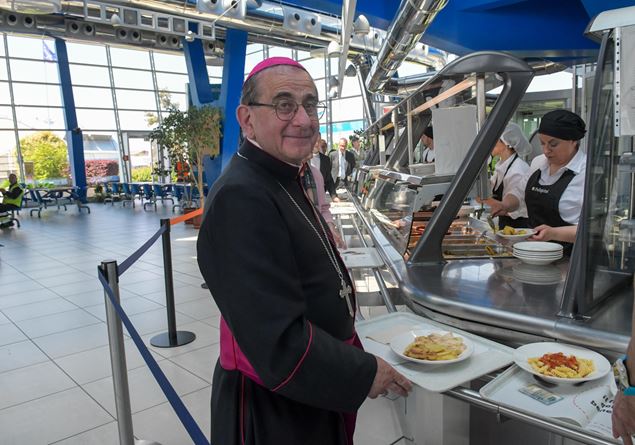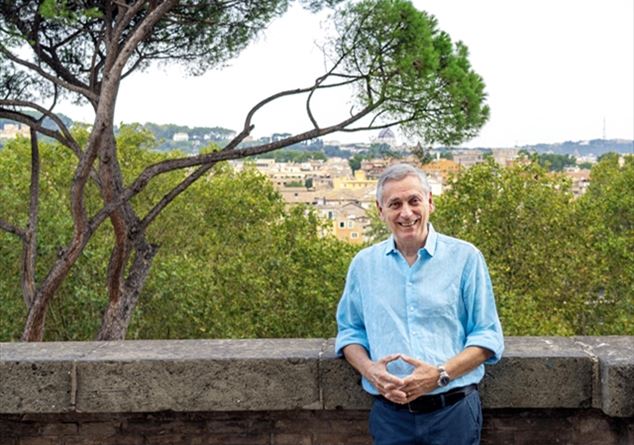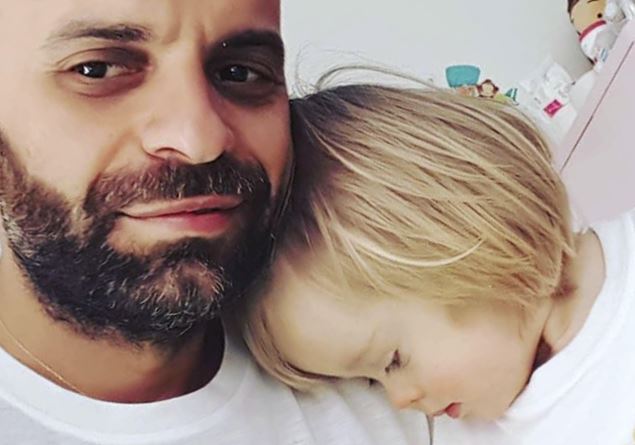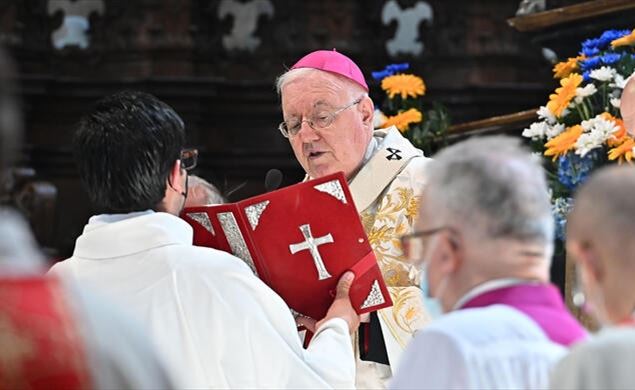«What struck me most was the increase in disaster offers by the people. A sense of belonging, responsibility and trust is manifested. In this sense, realizing a balance like this convinces people even more to say that what is collected is used well ». So the archbishop of Milan, Mario Delpini, underlined one of the crucial points of the third edition of the Mission Budget of the Diocese of Milan. The document was presented this morning in the conference room of the Archbishop’s Curia of the Lombard capital. The Meneghina Curia presented its economic data, referring to the pastoral year 2023/2024, and compared to the previous two years it has performed a further focus on the over 200 kindergartens managed by the parishes.
“With this third edition, the mission budget takes on its definitive structure, a look at analysis that starts from the Curia and the central bodies, widens to the parishes and then, from year to year, deepens an aspect of the mission of our Church, this year the parish kindergarten. I have to thank the parishes in particular, which by making their report available say that there is a sharing, a communion of intent. -It explained Monsignor Bruno Marinoni, episcopal vicar for economic affairs-. Thanks also to the service companies that through their work the parishes of some administrative types of administrative type, who are thus free to do their most important service, which is to announce the Gospel “. Overall, today’s financial statements of the Archdiocese of Milan denotes a gradual improvement of almost all the factors analyzed. Starting from the number of inhabitants of the diocese: 5,566,667 (plus 27,000 units compared to last year). The counting of the parishes (1,106) unchanged, while the number of priests falls by 30 subjects (1597).
As regards the flow of economic resources, four factors have been considered: the “pastoral care” (address, coordination, training), the “administrative care” (canonical supervision, administrative advice, services), the support of activities and projects in the area (the direct management of works and the provision of contributions for specific purposes, diocesan funds and 8xmille). Just the theme of 8×1000 was taken up by the Archbishop: “We know that there is a decrease in signatures in favor of the Catholic Church for the 8 × 1000. The fact that the state itself has inserted itself in the series of possible recipients perhaps explain this decrease and is a slightly singular decision, perhaps even not entirely right, because these resources should be intended for activities other than those of the state “. All the resources mentioned above in any case were equal, in the period examined, to 66,532,848 euros, intended for 42.7% to the support of activities and projects in the area through the direct management of works and the provision of contributions for specific purposes. Compared to the last two exercises, the management balance is positive of 352,960 euros. As proof of the particular attention to the activities in the area, finally the prevalence of expenditure linked to charity and assistance (over 16.3 million euros) is reported.
The numbers on parishes are also growing. The total revenues were equal in 2023 to 270,277,626 euros (with an increase of 13% compared to 2022), intended for 66% (over 177 million) for ordinary pastoral activities, or the typical area of the life of the parishes and their mission. And as anticipated, the resources come mostly (67.3%) from offers and collections for ordinary pastoral activities. We are talking about almost 182 million euros. Each inhabitant of the diocese offers 32.7 euros in a year. The outputs instead amount to 245,899,575 million euros. The revenue/output balance is therefore positive, equal to 24,378,051 million euros: only 12 million were touched in the previous budget.
Coming to the parish schools, in the diocese of Milan it is mainly about kindergartens. In all there are 627 schools. 202 Institutes are managed directly by the parish priests, while the remaining 425 are guided by religious, cooperatives or Catholic foundations. «These numbers underline a significant presence of the parishes that are next to families in a historical moment where family relationships are increasingly delicate. The pastoral role becomes increasingly significant. But there are many problems: often a single parish priest manages up to 5 schools, “concluded Don Fabio Landi, head of the school pastoral service.

